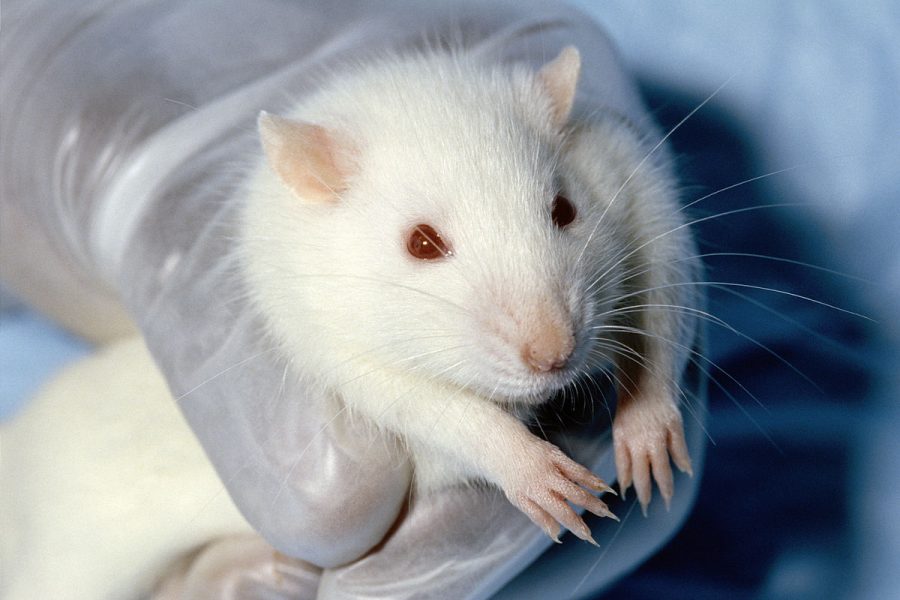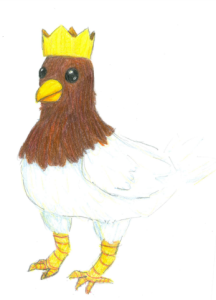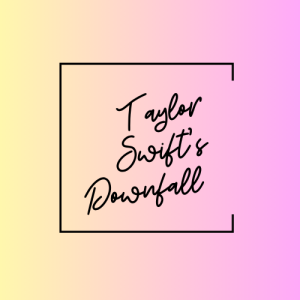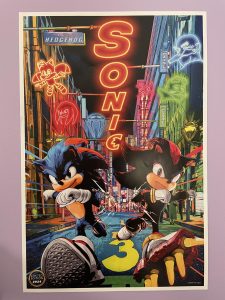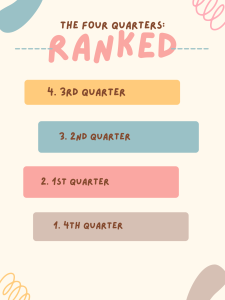The Animal Testing Industry and How to Avoid It
“Animal, Rat, Lobund-Wistar,” License .
January 26, 2023
As you apply a cleanser to your face or spread toothpaste on a toothbrush, you might be using a product that used animal testing to put it on the market. Animal Testing is when a company will collect animals and use them to test the biological reactions of chemicals in products. This can include injecting it into the animal, putting it on their eyes, ears, or even mouth. According to a GlobalNewsWire article, the animal testing industry as of 2019 is valued at $10.74 billion. The size of this industry and its longevity makes it hard to avoid.
The reason the companies are allowed to do this is because the Food and Drug Administration allows it.
According to the FDA website, “The FD&C Act does not specifically require the use of animals in testing cosmetics for safety, nor does the Act subject cosmetics to FDA premarket approval. However, the agency has consistently advised cosmetic manufacturers to employ whatever testing is appropriate and effective for substantiating the safety of their products.”
Because the FDA still accepts animal testing, there is some tension among groups of people whether it should be legal. The Humane Society goes into detail about how large companies have been using these animals. To start off, how do these animals end up in the lab?
“The majority of animals in laboratories are “purpose-bred” meaning that they are bred specifically to be used in experiments. People who breed and sell certain purpose-bred animals are called Class A dealers and are licensed and inspected by the U.S. Department of Agriculture (USDA),” said the Humane Society.
The fact that the USDA looks into the safety and guidelines of the animals can be a reliever to some until they hear the bad part.
“Facilities that only sell purpose-bred mice, rats, birds or cold-blooded animals such as crabs, fish, frogs, octopuses, and turtles to laboratories are excluded and are not licensed or inspected by the USDA,” said the Humane Society.
What brands use animal testing? Cosmetics brands like L’oreal, Clinique, Maybelline, and Johnson and Johnson are leaders in the animal testing industry. For many, your typical products that you buy in the drugstore are from one of the leading brands. These conglomerates like animal testing since it is the more cost efficient way to prove the safety of their products. This article from PETA shows many common brands that test.
The humane society estimates over 50 million animals a year are tested on. There are states, including Virginia, which require companies to offer tested animals to shelters for adoption.
Finding brands that are cruelty-free can be a battle since it’s such a common way for companies to approve products. Looking for the cruelty-free logos on the back of products is a great way to do your part.

